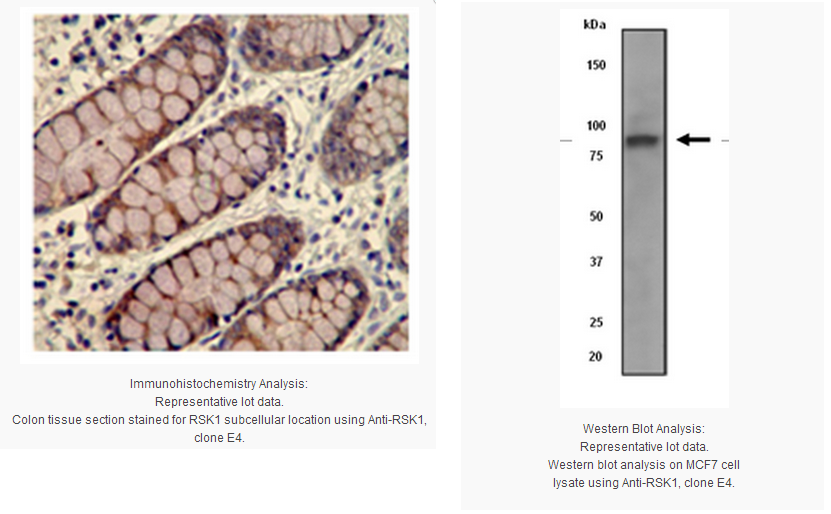

 |
|
||||||||||||||||||||||||||
描述:
| Species Reactivity | Key Applications | Host | Format | Antibody Type |
|---|---|---|---|---|
| R, H, M | IHC, WB, ICC, IP, FC | Rb | Unpurified | Monoclonal Antibody |
| Product Information | |
|---|---|
| Format | Unpurified |
| Control |
|
| Presentation | Rabbit Monoclonal in buffer containing glycerol, BSA, and sodium azide. |
| Packaging Information | |
|---|---|
| Material Size | 100 µL |
原厂资料:
| Species Reactivity | Key Applications | Host | Format | Antibody Type |
|---|---|---|---|---|
| R, H, M | IHC, WB, ICC, IP, FC | Rb | Unpurified | Monoclonal Antibody |
| Product Information | |
|---|---|
| Format | Unpurified |
| Control |
|
| Presentation | Rabbit Monoclonal in buffer containing glycerol, BSA, and sodium azide. |
| Packaging Information | |
|---|---|
| Material Size | 100 µL |
说明书
参考文献
本产品可用于的实验
京ICP备15036693号-2  京公网安备11010802025653 版权所有:北京逸优科技有限公司
2.11
京公网安备11010802025653 版权所有:北京逸优科技有限公司
2.11



